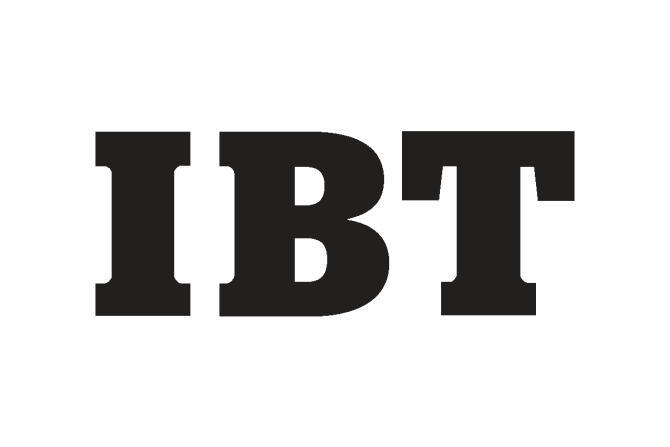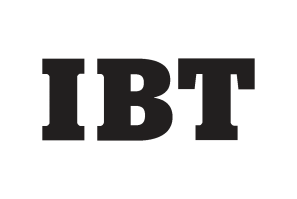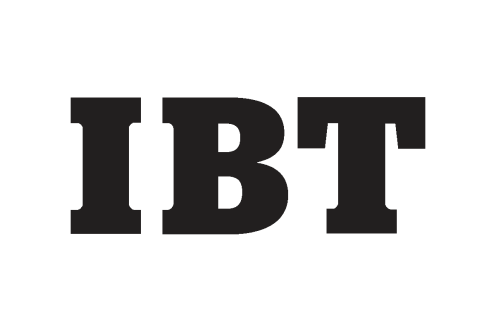Risks of a recession have increased, but the Federal Reserve must be cautious in supporting the economy because global forces that have kept inflation in check are receding, former Fed Chairman Alan Greenspan said on Monday.
Asian stocks took a breather on Monday after four straight weeks of gains, with expectations of a U.S. interest rate cut this week helping to offset renewed worries about a global credit squeeze.
Chinese shares have reached a dangerously high level because the market is failing to price risks properly, just as investors misjudged the value of U.S. subprime mortgages, an academic economist said on Thursday.
The chances of an economic recession are increasing as troubles in the housing sector and credit markets take their toll, according to a survey of economists released on Monday.
Gold hit a 16-month high above $700 per ounce on Friday, boosted by a falling dollar after U.S. data showing a surprise contraction in U.S. non-farm payrolls for the first time in four years.
The dollar slid to a 15-year low against major currencies on Friday as data showed U.S. payrolls fell last month for the first time in four years, raising recession fears and pressure for the Federal Reserve to cut interest rates.
The dollar fell to a one-month low on Thursday as rising mortgage delinquencies and ongoing credit concerns stoked fear of slower U.S. economic growth ahead of a keenly awaited employment report.
European Central Bank kept options open on a future rate move on Thursday, stressing his anti-inflation commitment but saying volatile markets meant the ECB needed more time to think.
The Bank of England kept official interest rates steady for a second month running on Thursday, and said it was keeping a close eye on financial markets to see how turmoil there would hit companies and consumers.
Gold hit a new six-week high on Thursday, supported by firm energy prices and improving physical demand in key consuming nations.
Gold declined on Wednesday as investors took profits from a six-week high, but the metal remained supported by good physical buying and firm oil prices.
Manufacturing expansion slowed in August as a decline in new orders led factory managers to opt for caution, while construction spending unexpectedly fell in July, according to data released on Tuesday.
Core U.S. consumer prices rose by a less-than-expected 0.1 percent in July, showing stable prices that held the year-on-year rate of nonfood, nonenergy inflation to 1.9 percent for the second month in a row, the Commerce Department said on Friday.
The U.S. economy grew at an annual rate of 4 percent in the second quarter, as strong business investment led the fastest pace of expansion since early last year, the government reported on Thursday. However, the rebound in growth is not likely to be sustained. Policy makers and analysts may scale back estimates for U.S. growth in the coming quarters due to disruptions in the financial markets worldwide from rising defaults in subprime mortgages.
Robust business investment helped push U.S. second-quarter growth ahead at an upwardly revised 4 percent annual rate, the government reported on Thursday, the fastest pace since early last year but one that is unlikely to be sustained.
The Federal Reserve is hopeful it has bought enough time with moves to soothe jittery credit markets to hold off any cut to the benchmark federal funds rate before a September meeting, if any easing is necessary at all.
China raised interest rates on Tuesday for the fourth time this year, aiming to counter expectations of accelerating inflation after consumer prices rose in July at the fastest pace in more than a decade.
Canada's annual inflation rate held unchanged at 2.2 percent in July and the core rate fell to 2.3 percent from 2.5 percent in June, a steady performance that analysts said makes an interest rate rise in September highly unlikely.
The cut is meant to stabilize inflation after consumer prices rose in July at the fastest pace in more than a decade.
Just 10 days after reiterating that inflation was its main concern, the U.S. Federal Reserve's policy-setting panel made a 180-degree turn on Friday, laying the groundwork for an interest rate cut as early as next month.
U.S. consumer sentiment deteriorated in August to its weakest in a year as more expensive oil, declining home prices and turmoil in financial markets all hurt confidence.
The U.S. Federal Reserve sought to bring order to volatile financial markets experiencing tighter credit conditions on Friday by lowering the rate at which it makes short-term loans to commercial banks and other institutions.


















